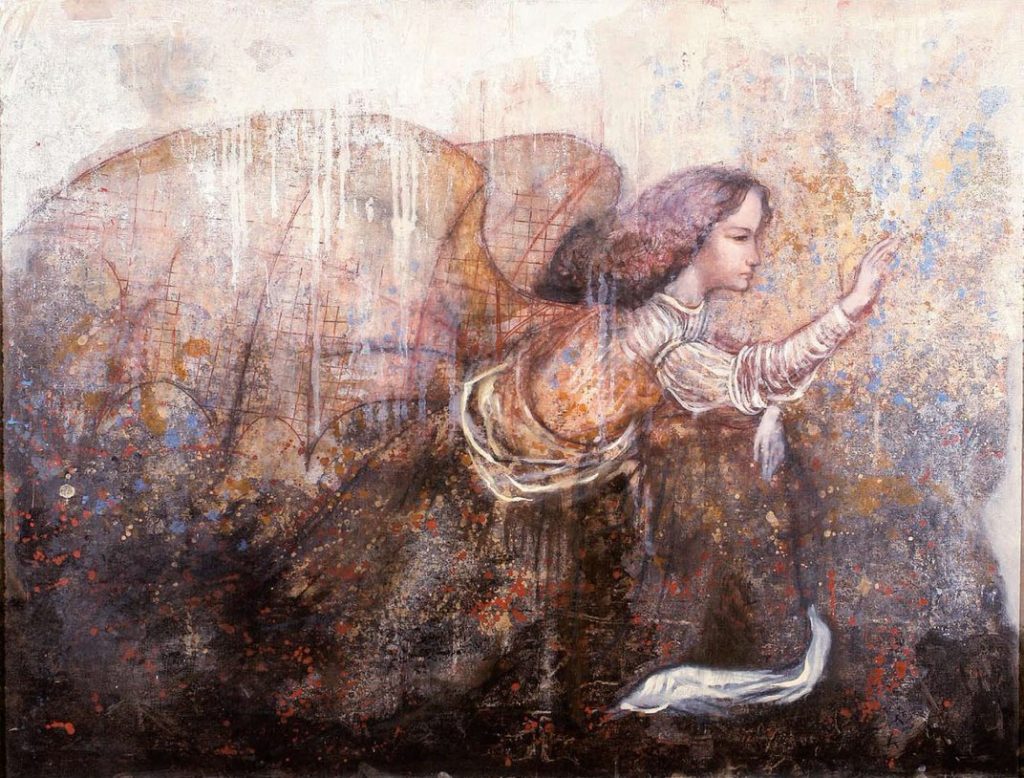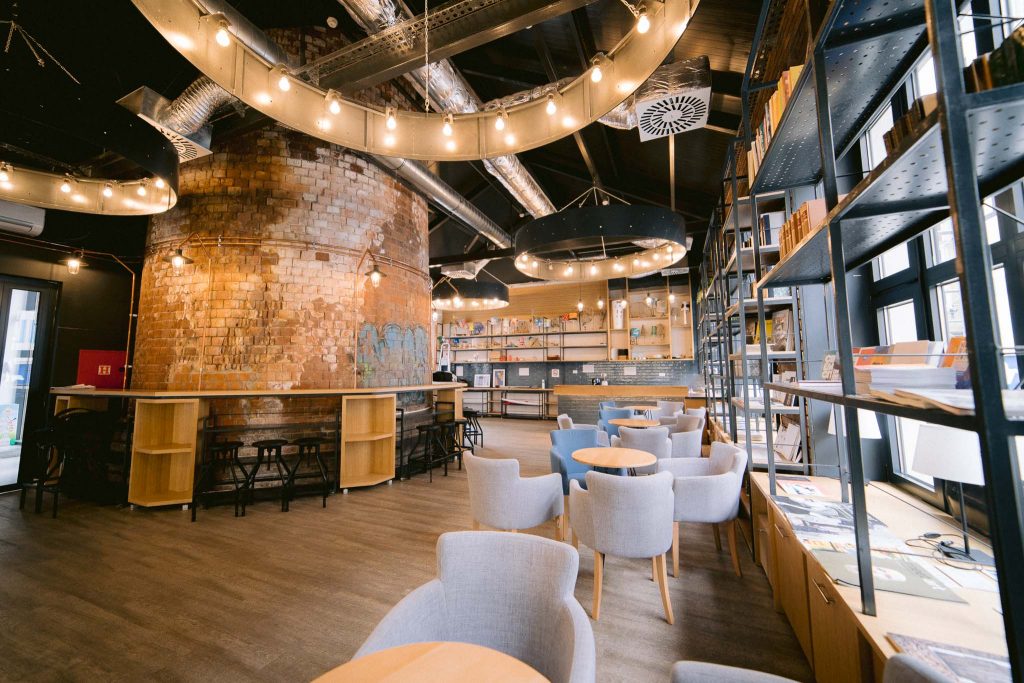‘When we look at Momo’s paintings from the past and from the present moment, the impression of the blue line of life, as Branko V. Radičević would say, lasts unrepeatable and so suggestive, forgiving but youthfully irritated,’ this is how the writer Draško Ređep described the work of the great Serbian painter, writer and journalist Momo Kapor, whose exhibition the audience will have a chance to see in the Svilara Cultural Station from Thursday, 23 December at 7 p.m. to 6 January.
In addition to thirteen paintings – ‘Orchestra’, ‘Desanka Maksimović’, ‘Angel of the Consumer Society’, ‘Wedding Bouquet’, ‘Old Cupboard’, ‘Roses in Politics’, ‘Adoration of the Magi II and III’, ‘Liki and Arčibald’, ‘Angel with a Mechanical Wing’, ‘Jezz’, ’Nostalgia Cafe’, ’Carousel’, ’Antiques Store’ and ’Snail School II’ – all fans of his painting opus will see personal belongings of the artist: brushes, easels, palettes from his studio in Belgrade.
Just before the end of 2021, the citizens of Novi Sad and their guests will enjoy Momo’s works soaked in the most beautiful emotions and sentiment, thus immerse themselves in an almost extinct world full of nostalgia, love and beauty. Ljiljana Kapor, Momo’s wife and the founder of the Momo Kapor Endowment, will address the audience at the opening of the exhibition on Thursday, 23 December at 7 p.m.

Momo Kapor was born in Sarajevo in 1937. Right at the beginning of his life, he lost his mother, so he spent the war years in his hometown with his grandmother’s sister. His father brought him to Belgrade after the war. After graduating, Kapor decided to study painting at the Belgrade Academy of Fine Arts, where he graduated in 1961. Momo Kapor, still a high school student at the Third Belgrade Grammar School, began collaborating with several magazines in which he published art reviews.
Sometime later, he began writing travelogues, feuilletons and stories, which he published in ‘Vidici’, ‘Politika’, ‘Oslobođenje’, ‘Nina’, ‘Mladost’ and ‘Književne Novine’. That was the time when his first radio dramas were created, which he sent to competitions, often under a pseudonym. Momo Kapor is the author of over forty books. In addition to novels and stories, he wrote plays, travelogues, essays and illustrations.
His books have been translated into many foreign languages. During his life, he confirmed his affiliation with the Serbian literary corps and was a valuable chronicler of the events, often unfortunate, that accompanied his people. Along with his literary work, he was engaged in painting, and at the same time, he illustrated almost all of his books. He has had solo exhibitions in Serbia, USA, Italy, Switzerland, Venezuela, Germany and Great Britain.

‘As you know, we do not say a Renaissance person, but a Kaporian person. More precisely, it is no longer said, because the term Renaissance person was in use in our country until the appearance of Momo Kapor in the late fifties of the last century. Momo Kapor himself is a divided person, both Renaissance and Kaporian, although it is not known which one is which, where the one ends and the other begins,’ wrote Matija Bećković about Momo Kapor, adding that ‘it is said; who knows one, knows all. And Momo Kapor, like every Renaissance or Kaporian person, writes as he paints, and speaks as he draws.’
The programme is jointly implemented by the Momo Kapor Endowment, the publishing house ‘Wines’ from France, which is preparing a monograph dedicated to the great writer, painter and journalist, the Svilara Cultural Station and the ‘Almašani’ Association.
The exhibition will be available to visitors on weekdays and weekends from 10 a.m. to 8 p.m., except on non-working days, 1 and 2 January. In addition to this, two terms for professional guidance through the exhibition will be organized: on 28 December from 6 p.m. to 6:45 p.m. and on 4 January from 6 p.m.
The organisers ask all visitors to adhere to all measures in order to preserve their health and for better enjoyment of cultural content. Visitors are required to wear protective masks at all events. The organizer keeps the right to change the maintenance of the programme and the format of events due to change of epidemiological measures.